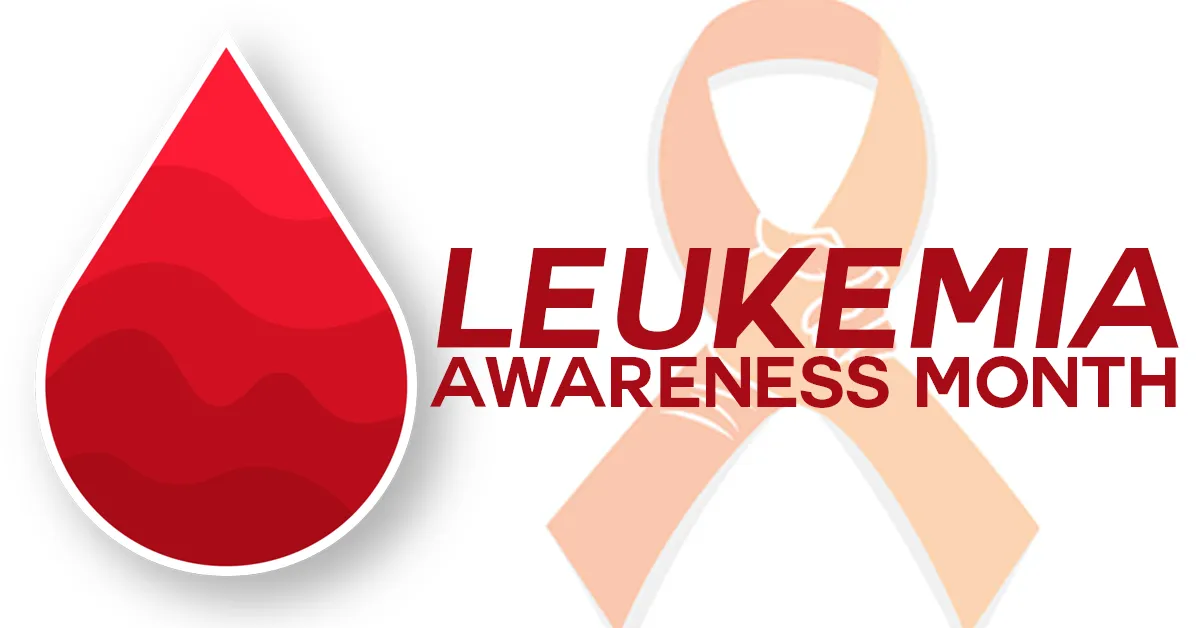September is Leukemia Awareness Month and an opportunity to spotlight all blood-related cancers. You may have heard the news in January 2022 that the Red Cross was facing a blood shortage. As workers have remained working at home, employer-sponsored blood drives in the workplace have dropped by 50% since 2019.
Leukemia patients are among the many recipients of your blood donations, as blood transfusions during their care are crucial. These transfusions from healthy donors help replace red cells, platelets, and other blood components in leukemia patients.
This need for blood donors is consistent regardless of the time of year, as blood has a finite lifespan in storage. By highlighting leukemia this month, the National Cancer Center hopes to spotlight this importance for awareness and blood donations.
What is Leukemia?
Leukemia is a form of cancer, specifically one that affects blood and the body’s blood-forming tissues.
Leukemia occurs when “blood cells acquire DNA mutations that cause the number of the body’s white blood cells to radically increase, crowding out the red blood cells and platelets the body needs to remain healthy” as described by the National Cancer Center.
There are many types of leukemia, but three, in particular, are the most common:
- Acute myelogenous leukemia (AML) – most common in adults
- Acute lymphocytic leukemia (ALL) – most common in children
- Chronic lymphocytic leukemia (CLL) – most common form of chronic leukemia
The difference between “chronic” and “acute” lies in how aggressive the cancer is. Patients can live for years with chronic leukemia, but it generally is harder to put into remission.
Who is at risk?
Leukemia is often thought of as a childhood cancer. While leukemia is the most prevalent form of cancer in children, it actually occurs more frequently in adults.
In 2023 the American Cancer Society anticipated 59,610 patients would be diagnosed with leukemia.
Fortunately, treatment success continues to improve. A study conducted from 1960 to 1963 found that just 14% of those diagnosed with leukemia lived 5 years or more after diagnosis. A similar study from 2013 to 2019 revealed 66% of leukemia patients lived 5 of more years after diagnosis. Survival rates are even higher for patients under the age of 15.
What Can You Do?
There is not anything you can do to prevent leukemia. Research is on-going to discover improved treatment methods.
Like with most diseases, the earlier you are diagnosed, the better your odds of a fast recovery.
You can make a difference in the life of someone living with leukemia by donating blood.


